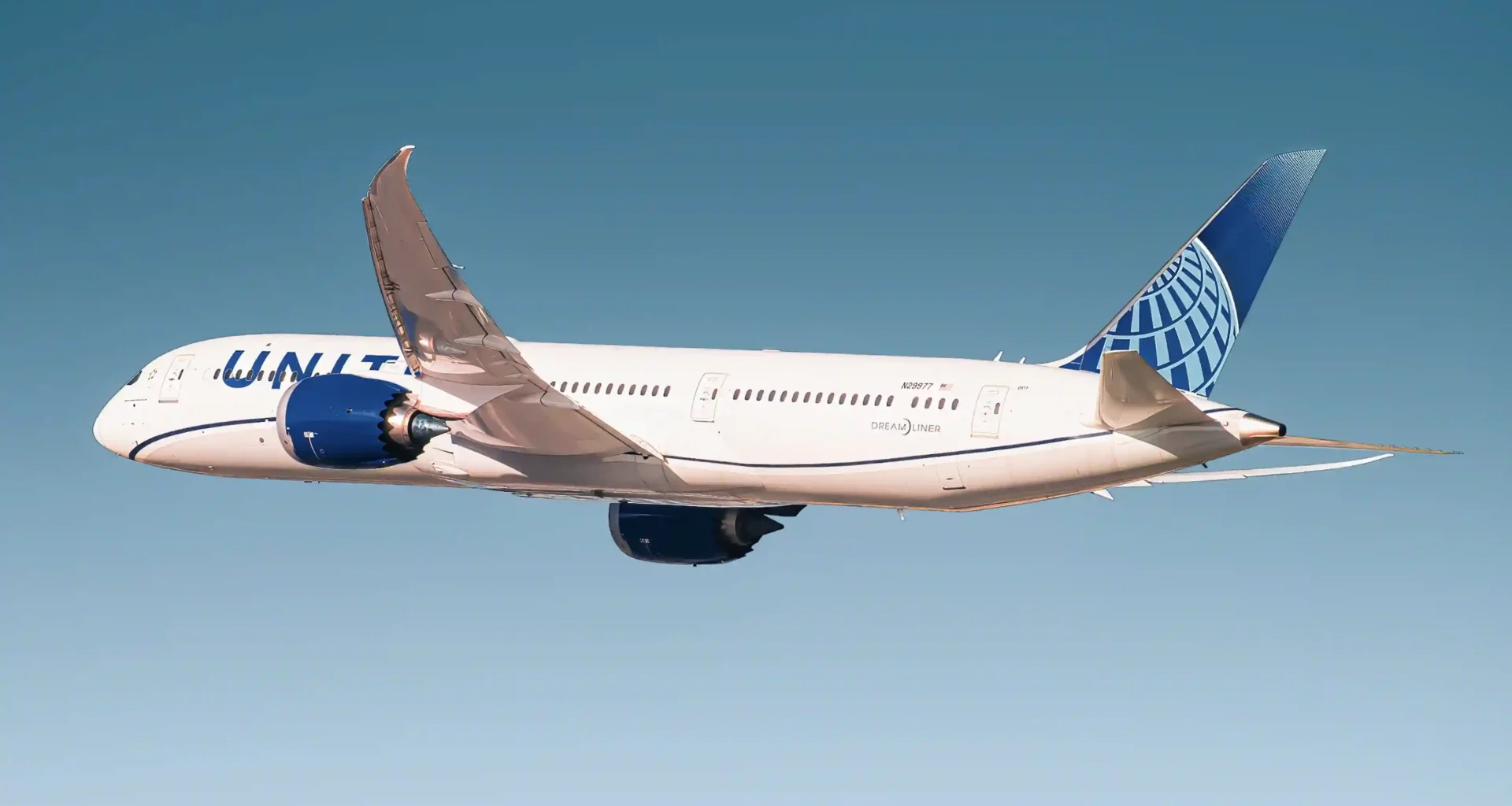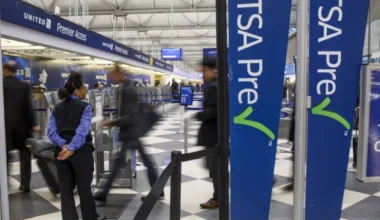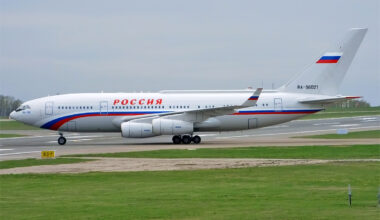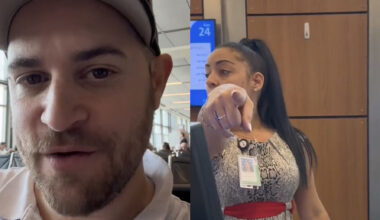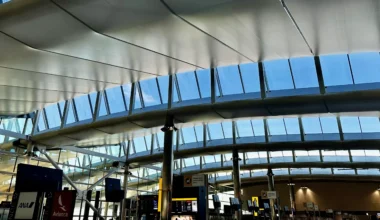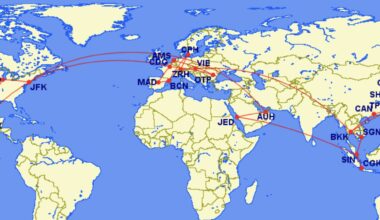On December 18 of last year, a United Airlines Boeing 777 departing from a rainy Kahului Airport in Maui en route to San Francisco went into a nose dive shortly after takeoff and came within 750 feet of crashing into the ocean. The incident largely escaped notice until the Air Current reported it in February of this year, after which the National Transportation Safety Board (NTSB) launched an official investigation.
We now have the results of that investigation, and it appears that pilot error, specifically a miscommunication between the captain and the first officer regarding the desired flap settings on the aircraft, was the primary culprit. You can read the full report here, but I’ll try to summarize its most important takeaways below.
Where things went wrong
While taxiing, the captain of flight UA1722 decided to switch to maximum thrust departure due to low-level wind shear advisories. However, during the initial climb, a miscommunication occurred: the captain wanted the flaps to be set at five degrees, but the first officer, misunderstanding the instruction, set them at 15 degrees.
Due to this incorrect flap setting, the aircraft’s speed indicator showed a lower value than expected, and its speed increased rapidly. To avoid overspeeding, the captain manually reduced engine thrust. Soon after, the aircraft began a rapid descent, nose-diving for approximately 10 seconds, during which passengers reportedly screamed in fear.
You can take a look at a re-creation of UA1722’s flight path and nosedive.
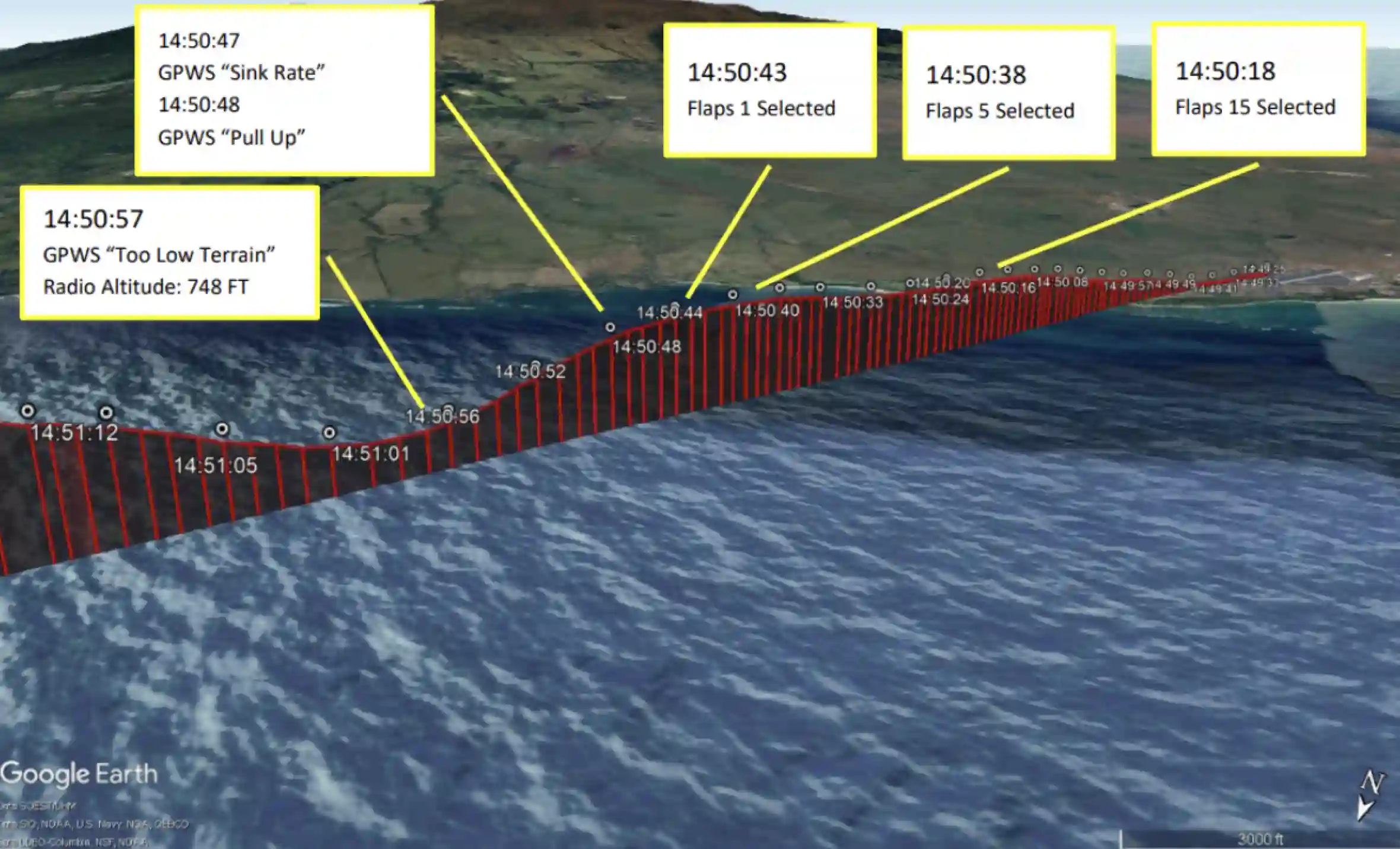
Recovery
Upon hearing the ground proximity warning system, the first officer and the captain took corrective action, pulling up and initiating a recovery procedure. The captain regained control of the aircraft, and the rest of the flight continued without further incidents.
United’s response
In response to this alarming event, United Airlines has updated its operations training modules, started an awareness campaign about flight path management, and provided additional training to the involved pilots, who are both still flying for the airline.
This was an insanely close call
This was an incredibly close call and could have resulted in catastrophic loss of life. To put a fine point on this, the plane was descending at a rate of roughly 130 feet per second when pilots took corrective action 775 feet above the ocean, meaning that had they acted just six seconds later, the plane would have crashed.
To me, this incident underscores the incredible trust we put in our pilots and that while flight safety technologies have made airplanes much safer, humans (and all our failings) are still a critical component of flying. Even a split-second delay or misunderstanding can have dire consequences, as seen in this near-tragic incident. Thankfully, in this situation, the pilots’ quick thinking and rigorous training allowed them to take corrective action in the nick of time.
